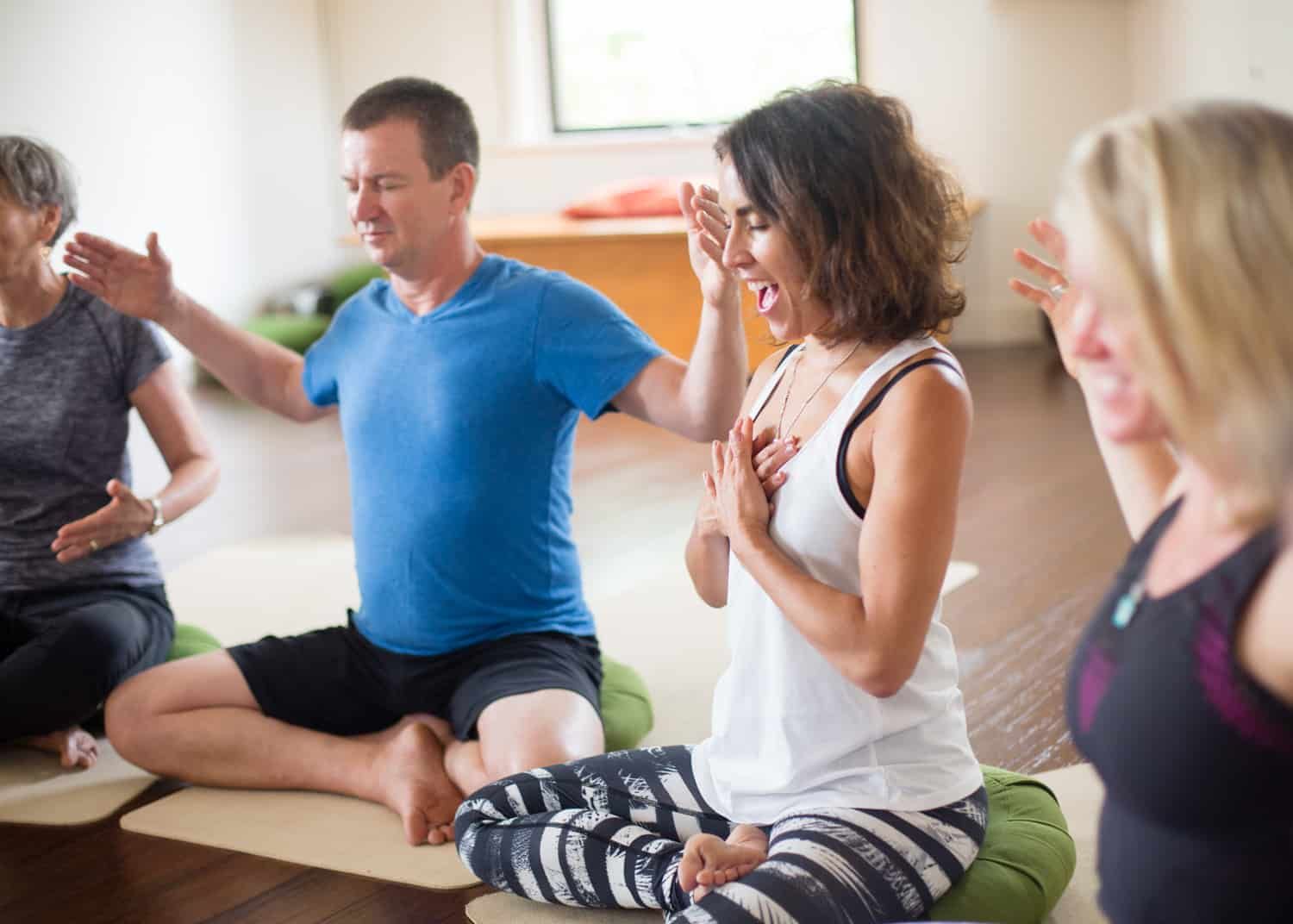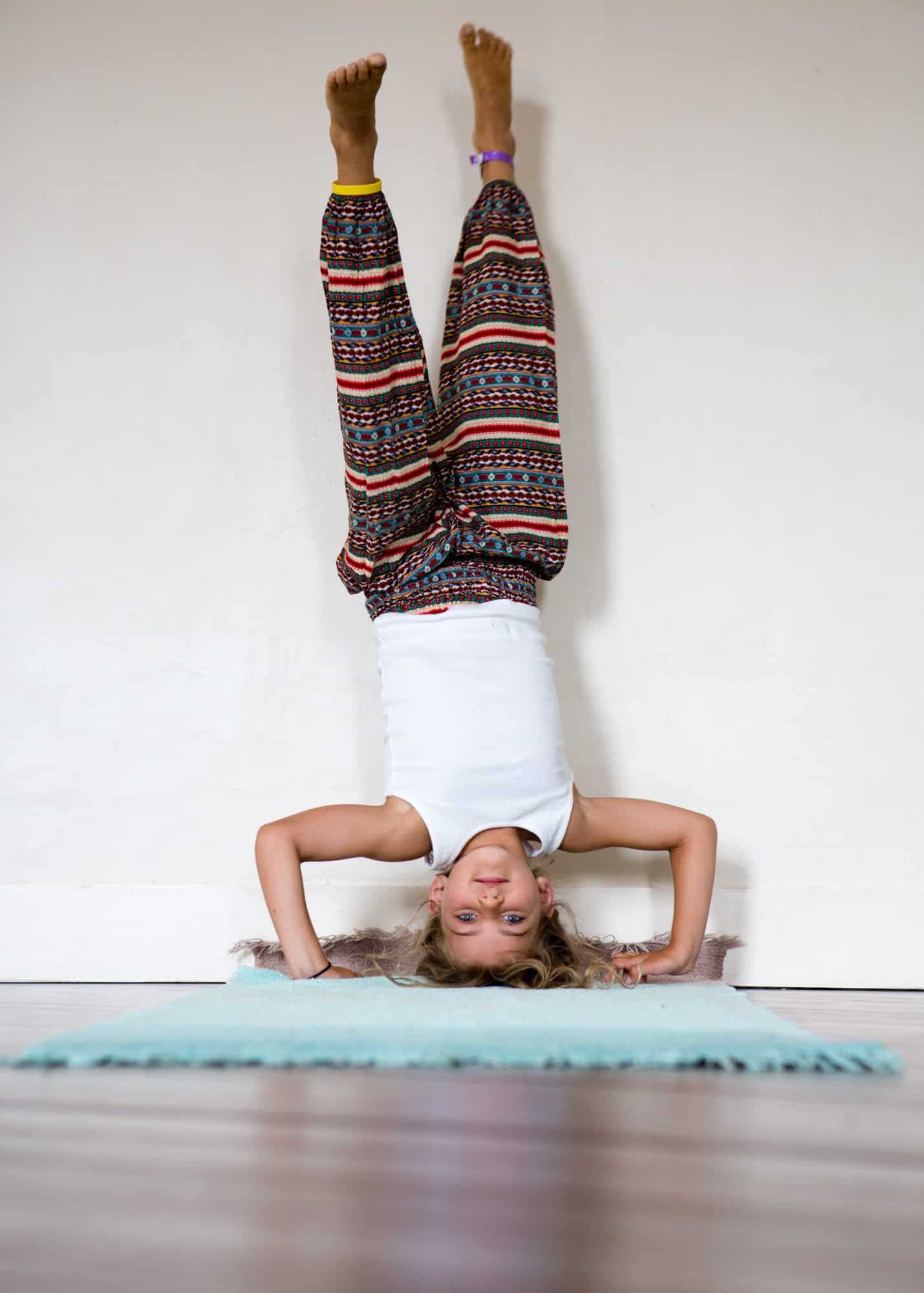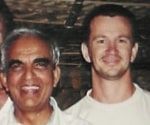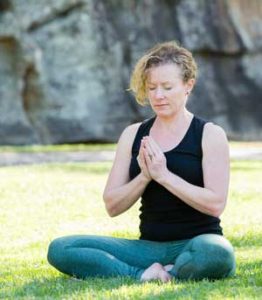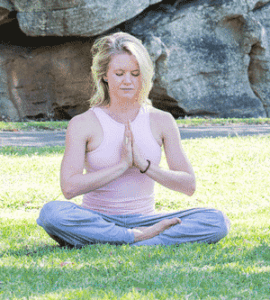Is Restorative Yoga Right for Me?
For many years I had one speed…fast. And one intensity…hard. So how has a girl like me become so deeply enamored with restorative yoga? Restorative yoga, as I have been taught, is a deeply healing practice that utilizes props…lots of them (blankets, bolsters, sandbags, belts, chairs, eye covers etc).
It all began when a dear yogini friend of mine named Cheryl said, “I think you’d get a lot out of taking a course in restorative yoga with Judith Hanson Lasater”. I’ve had many endless conversations with Cheryl around everything yoga as we studied yoga therapy together and as a result, a deep and lasting friendship emerged. I trust her and her opinions as I have relatively few people with whom I can be such a yoga geek. If restorative yoga is something that Cheryl valued then I thought I would probably find it valuable as well. So I committed to a four- day intensive with Judith.
During those four days, Judith said one thing in particular that has stayed with me over the years – during the week between Christmas and New Year’s, the only style of yoga she practices is restorative. When the week is over, she said that everything seems more colorful, easier and the world, in general, more peaceful. I quietly thought to myself, “Yeah, right…the world turns into rainbows and unicorns with a bit of restorative yoga.” A couple of days later, as I was driving back from San Diego to the desert and passed through some gently rolling hills, I noticed how lush they were and what a lovely shade of green. I noticed the blue sky and the white puffy clouds. And then I caught myself saying out loud, “It’s true! Everything DOES look more beautiful!”.
Then the magic started to reveal itself the moment I began using a unique way of supporting the head and neck with a blanket during savasana (the final relaxation in every class). People actually moaned with pleasure as I tucked them in…and they still do after these many years of doing so. What also revealed itself was how deeply healing the practice is and how desperately people need committed downtime to reset the balance of their bodies, minds, and spirits from an over-scheduled and full life.
And then there are the transformational moments that happen. Just today, I asked a relatively new student to the practice how it was going for her coming to class twice a week. She said that having been in constant pain for several months, falling out of shape and becoming more distanced from her body was a real concern. She felt she was pointed in the direction of an electric wheelchair to cope with daily pain and discomfort. Now, she’s back to walking and doing a stationary bicycle, along with her restorative yoga. But, she said “It’s been the yoga that has pointed me in the right direction. I’ve completely turned around how I felt, I have hope and am managing my pain like I haven’t for a long time. It’s enabled me to become more active with the walking and cycling. It’s amazing.”
I tried not to act too surprised in hearing her experience, but I couldn’t help but feel my heart expand. Some of us need restorative yoga because we’ve always had the default speed of hard and fast. Others need it because they have crazy busy lives and must step out of it for a while and finally, others step into the practice because they’ve been in physical or emotional pain that at times seemed beyond a turning point.
I’ve always said if you can breathe, you can do yoga. But if you want to alter your nervous system and create better balance in your lifestyle, then perhaps restorative yoga is for you.
Still not convinced? Come give it a try and let your body, mind, and soul do the talking. You might just hear yourself say, “ahh”
Date: Saturday 12th – Sunday 13th August 2017
Location: The Yoga Institute, level 1/498 Miller Street, Cammeray, NSW
Times:
Saturday: 10:30am-5:30pm
Sunday: 9:30am-6:15pm









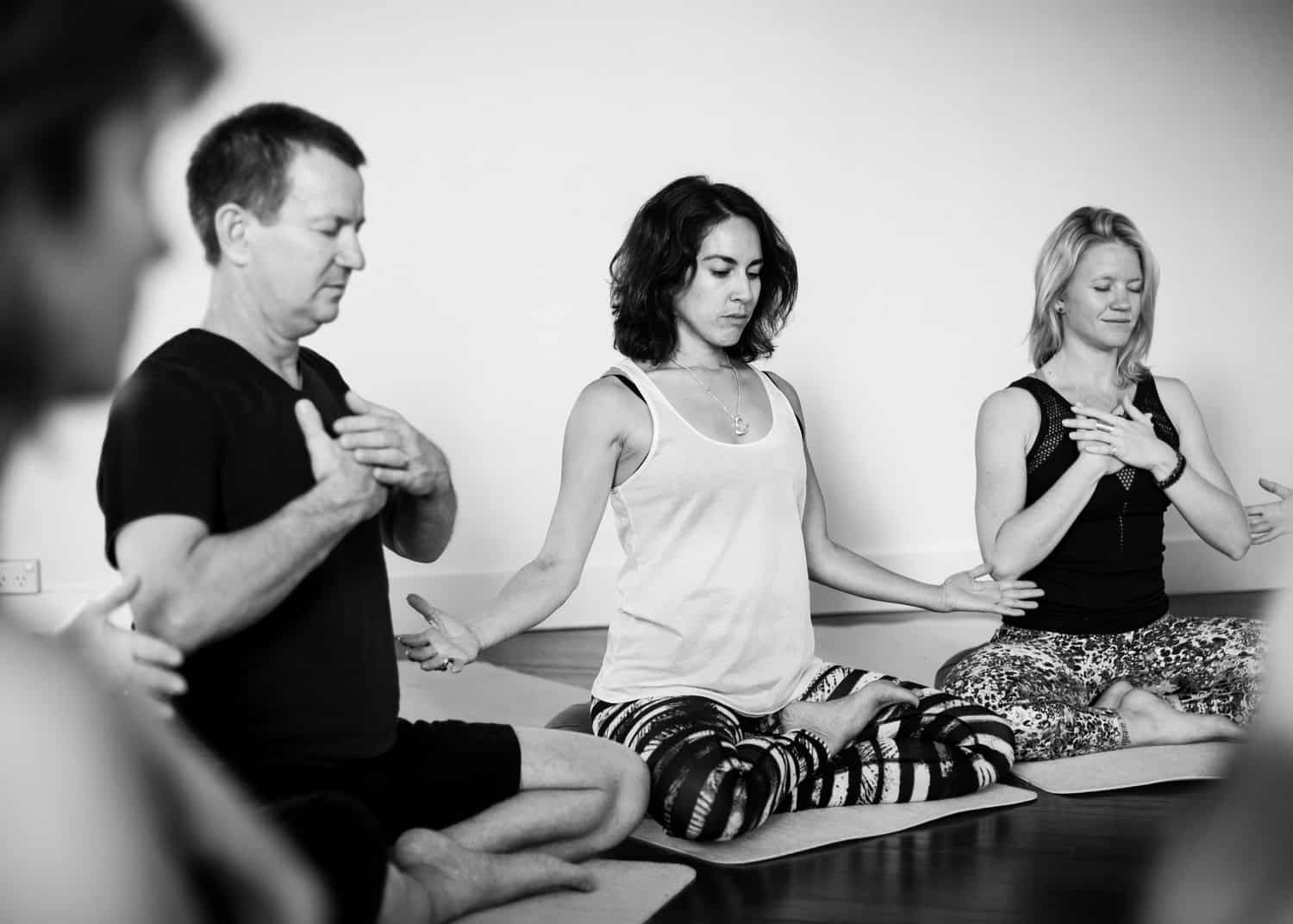

 Lucy is a senior teacher at Cammeray Yoga and is part of the faculty of The Yoga Institute. She has created and runs training in the communication and interpersonal skills for teaching yoga for classes and one-on-one, informed by her 25 years of experience training and consulting in face-to-face communication in the corporate world. She lived and worked in New York, USA for 17 years before returning to Sydney in 2011.
Lucy is a senior teacher at Cammeray Yoga and is part of the faculty of The Yoga Institute. She has created and runs training in the communication and interpersonal skills for teaching yoga for classes and one-on-one, informed by her 25 years of experience training and consulting in face-to-face communication in the corporate world. She lived and worked in New York, USA for 17 years before returning to Sydney in 2011.